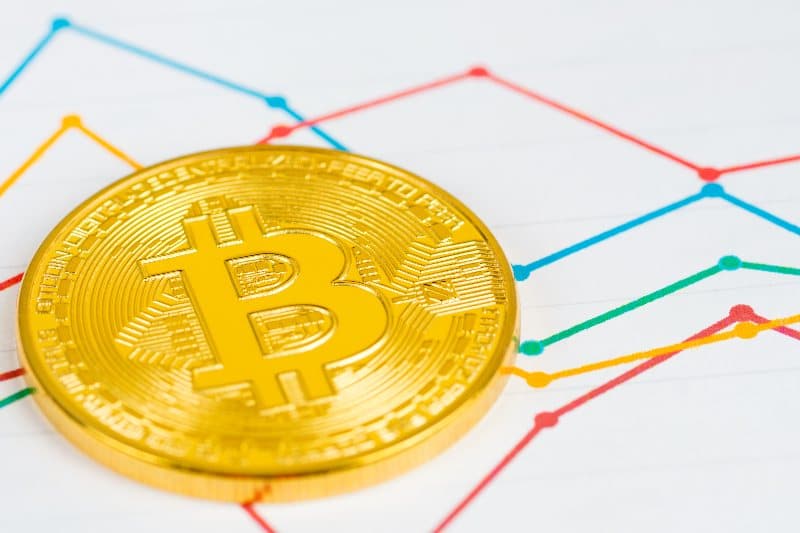ETF literally means Exchange Traded Fund. As the name suggests, these are funds structured to be traded on an exchange.
What are ETFs?
In other words, they are funds that are created so that shares can be placed on some stock exchange so that they can be bought and sold freely.
They belong to the wider family of ETPs (Exchange Traded Products), to which ETCs (Exchange Traded Commodities) and ETNs (Exchange Traded Notes) also belong, both of which are listed on exchanges like ETFs.
In particular, ETFs are often passively managed funds, whose value is directly linked to an underlying asset, which may be an index, a stock, a bond, a currency, a commodity (such as gold bars), or even cryptocurrencies, and generally operate with an arbitrage mechanism designed to keep the price of the exchange-traded stock as close as possible to the value of the underlying asset, although deviations from parity may occasionally occur.
They are limited liability funds, whose shares are issued precisely for the purpose of being traded on an exchange.
Most index funds hold the same securities in the same proportions as a given index in order to replicate the price trend as accurately as possible.
For example, an ETF on the S&P 500 index, or on the NASDAQ-100, has shares that are traded on the stock exchange with a price that is always very similar to that of the indices they use as underlyings.
In some cases, however, the management is active, such as the famous Innovation ETF of ARK, which means that the underlying is modified to generate the highest possible return.
ETFs, functioning and advantages
The way it works is simple: the fund divides the ownership of itself into shares that are held by the shareholders. In this way, the shareholders indirectly own the assets held by the fund, and are also entitled to a share of any profits, such as interest or dividends. The fund’s shares can be sold or bought on the stock exchange.
The advantage is that ETF shares are traded in exactly the same way, and more importantly with the same instruments, as those used to trade the stock markets, making them very easily accessible to millions of investors and speculators. They also offer other technical advantages, such as reduced costs in some cases.
The largest ETF by value under management is the SPDR S&P 500 ETF Trust (SPY), which holds $405 million in assets and trades about $70 million a day. Among the largest ETF issuers in the world are iShares and Vanguard.
They have existed in the US since the early 1990s and have since achieved increasing success, with trading volumes and assets under management growing. The simplicity they offer to the average investor makes them extremely competitive products, especially in the retail market.
Buying ETFs is similar to buying a basket of securities. But it is now possible to do so with just a couple of clicks, without having to go through some lengthy and complex procedures.

Bitcoin ETFs
For example, the recent success of the Bitcoin futures ETF is most likely due to the ease and speed with which it can be invested in, as opposed to direct investments in BTC which require lengthy registration procedures with exchanges, and active and proper asset management.
With ETFs, these problems are simply eliminated and shifted to the fund manager, allowing everyone to invest quickly and easily in a very wide range of different assets, or baskets of assets.
In the US, until a week ago, there was no ETF on Bitcoin. In the space of a few days, there was the debut of the ProShares one, then the launch of Valkyrie and by Monday VanEck is also expected. This means there will potentially be a lot of competition.
Meanwhile, after Bitcoin set a new all-time high, the price today seems to be struggling. BTC is back down to $63,000. All that remains is to wait for the impact of Valkyrie’s ETF on the market.
The post What are ETFs and why have they boosted the price of Bitcoin? appeared first on The Cryptonomist.

















